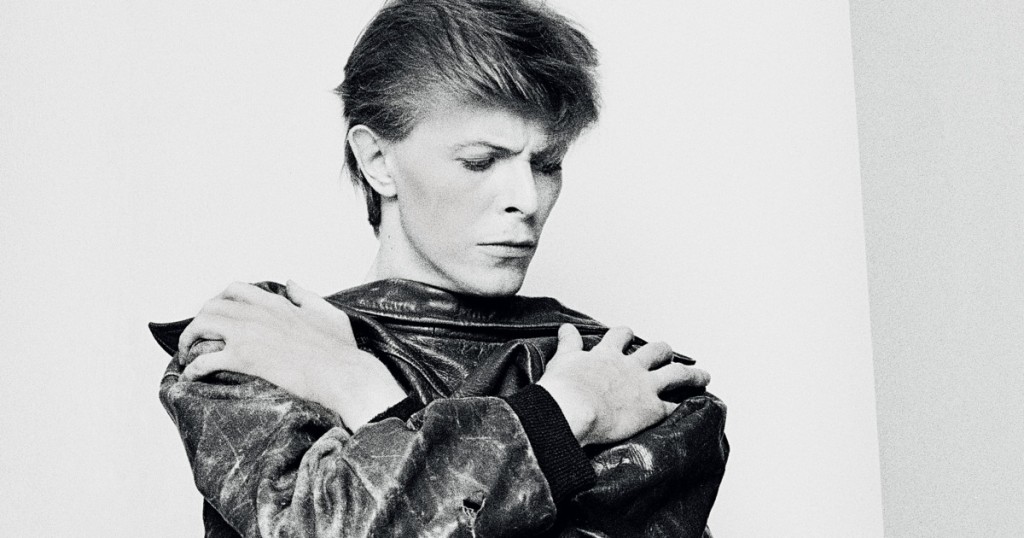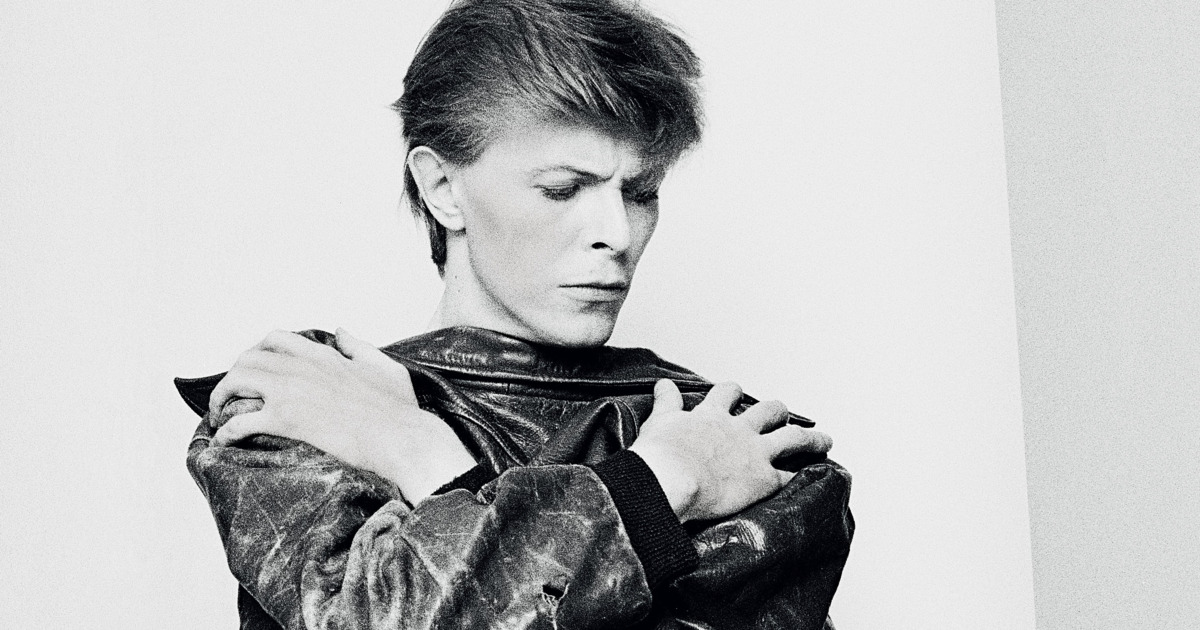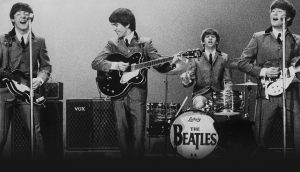By Bryan Stengel
Contributing Writer
Two days after releasing his final album, legendary rock persona David Bowie passed away at the age of 69 after an on-going battle with liver cancer. His music never spoke for itself. Bowie needed to be the voice for his own tune and the face for his next album. More importantly, he never quite made the music about him, but rather about five fictional individuals camped within his alternative worlds.

Photo: vulture.com
Early on in his career, Bowie fashioned a traditional Beatles haircut and embodied the simple, but soothing presence of a whimsical singer-songwriter. Before leaving planet earth, his earlier music shifted between soulful Rolling Stones ballads to the occasional London pop. With the all-round entertainer mentality, Bowie finally ventured out into space, producing lightly psychedelic folk-rock with hints of progressive rock tendencies thrown into it. His second album, “Space Oddity” gave listeners a taste of the Bowie-like originality coming in full fruition.
The album’s title track, “Space Oddity”, became the poster-child song for his unique story-telling ability and reference to one of his many fictional characters, Major Tom. The late, Woody Guthrie, who was a true folk master at painting vivid images with his words, would most certainly nod his head in approval following the release of Bowie’s 69’ “Space Oddity”.
Now, with the passing of “The White Duke,” people from around the world recall and reminisce about the mysterious man from his earlier swing of multiple identities to a more refined, jack-of-all-trades Bowie of present. Stuart Berman, staff writer for Pitchfork magazine, beautifully sums up the life of the star-man by stating the following:
“David is not simply the prettiest star—he’s a constellation. No matter which Bowie you encountered—the orange-haried alien androgyne of Ziggy Stardust, the creepy clown in the “Ashes to Ashes” video, the louche lothario of the Let’s Dance era, or even the guy refereeing Derek Zoolander’s walk-offs—you were instantly disarmed by his style, sophistication, and presence.”
I just imagine to myself what people would think if Ziggy Stardust walked out onto an American Idol or Britain’s Got Talent stage. The judges probably would tell him to leave the drag at the door. Even in the 21st Century, we are still afraid of individuality expressed in its deepest sense. When David Jones (his original name) became David Bowie, he chose to disguise himself as a way to hide his shy tendencies.
Bowie’s choreographer, Lindsay Kemp first introduced to him ancient dramatic arts like commedia dell’arte, kabuki, and mime on a more grandiose scale. And like a true artist, Bowie carried these influences in his back pocket and sometimes wore them with the upmost pride.
Beyond his fluid, joyous charisma, Bowie left his final mark on planet earth in a rather grim prophetic manner with his last album, Blackstar. This album became the only album among Bowie’s extensive discography to top the UK Charts at number one. The nature and intentions of this album as Bowie continued to battle cancer remain to be a mystery. However, with his passing coming two days after its release, it is almost impossible to imagine that this album is not referencing an end of a hero and the beginning of a legacy.
In his music video, Lazarus, you finally see the theatrical Bowie coming to terms with the reality ahead of him. “Just like that bluebird,” Bowie took his flight from his makeshift stage to the great beyond, leaving audience members with unsettling wonder, but in complete admiration for their space cadet.




Be First to Comment